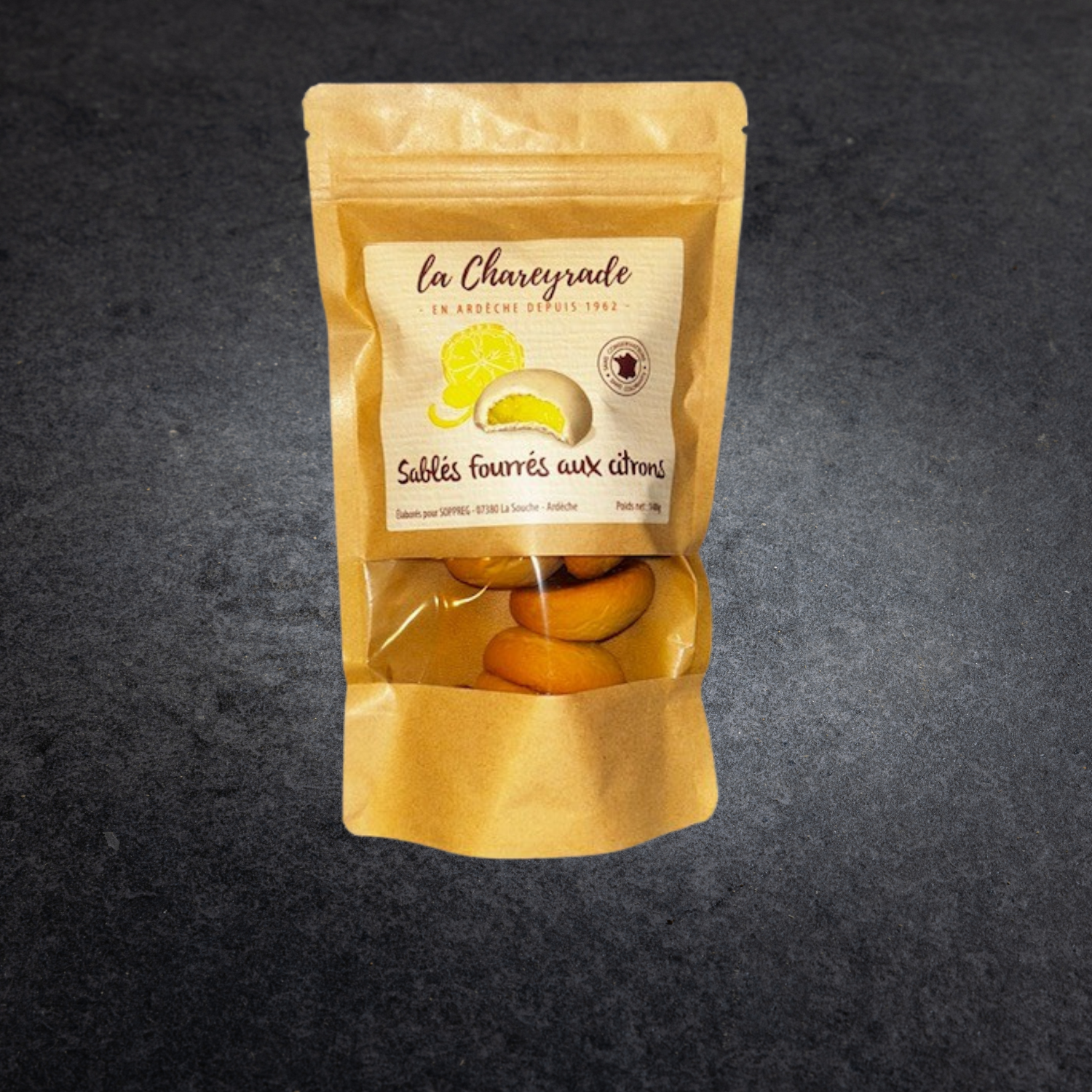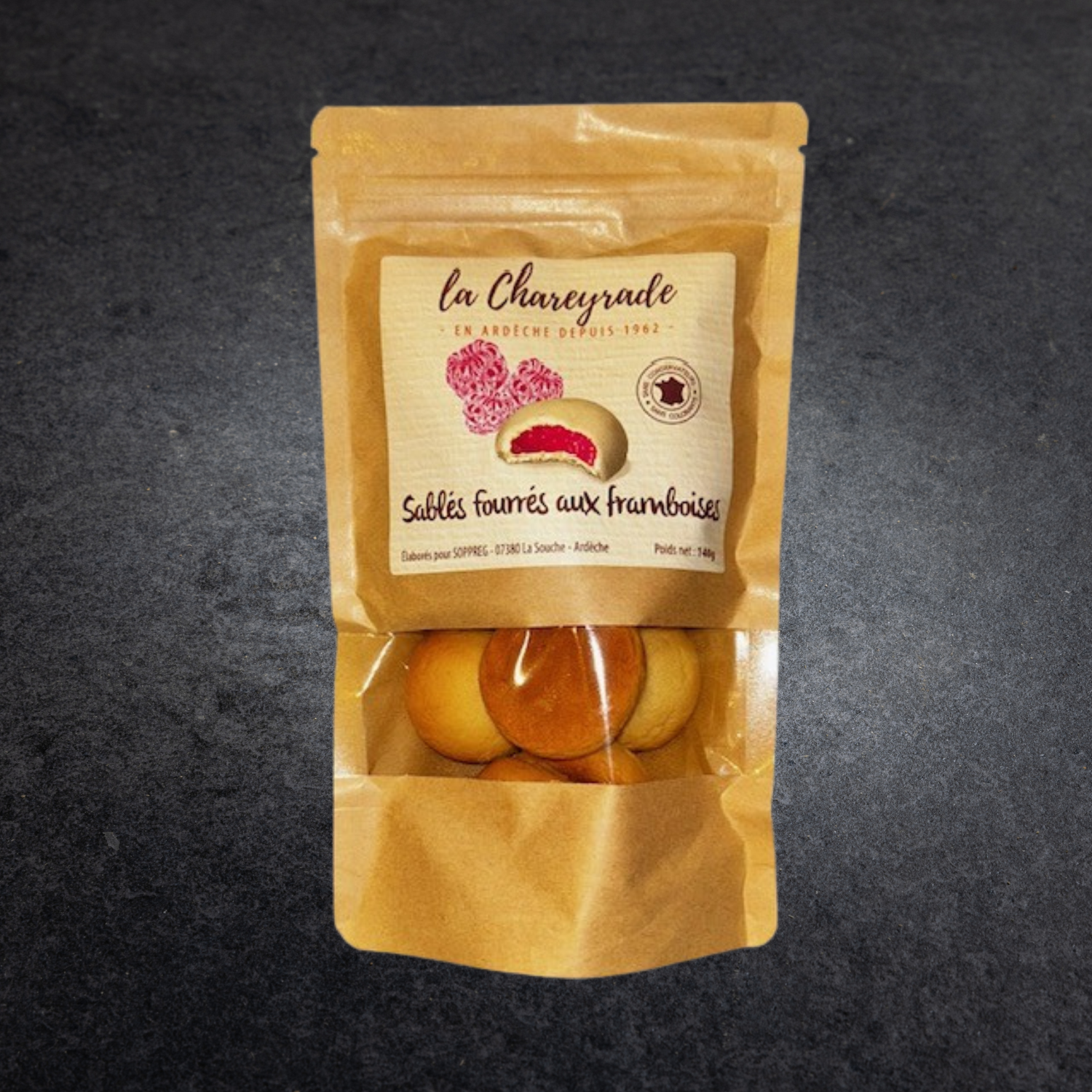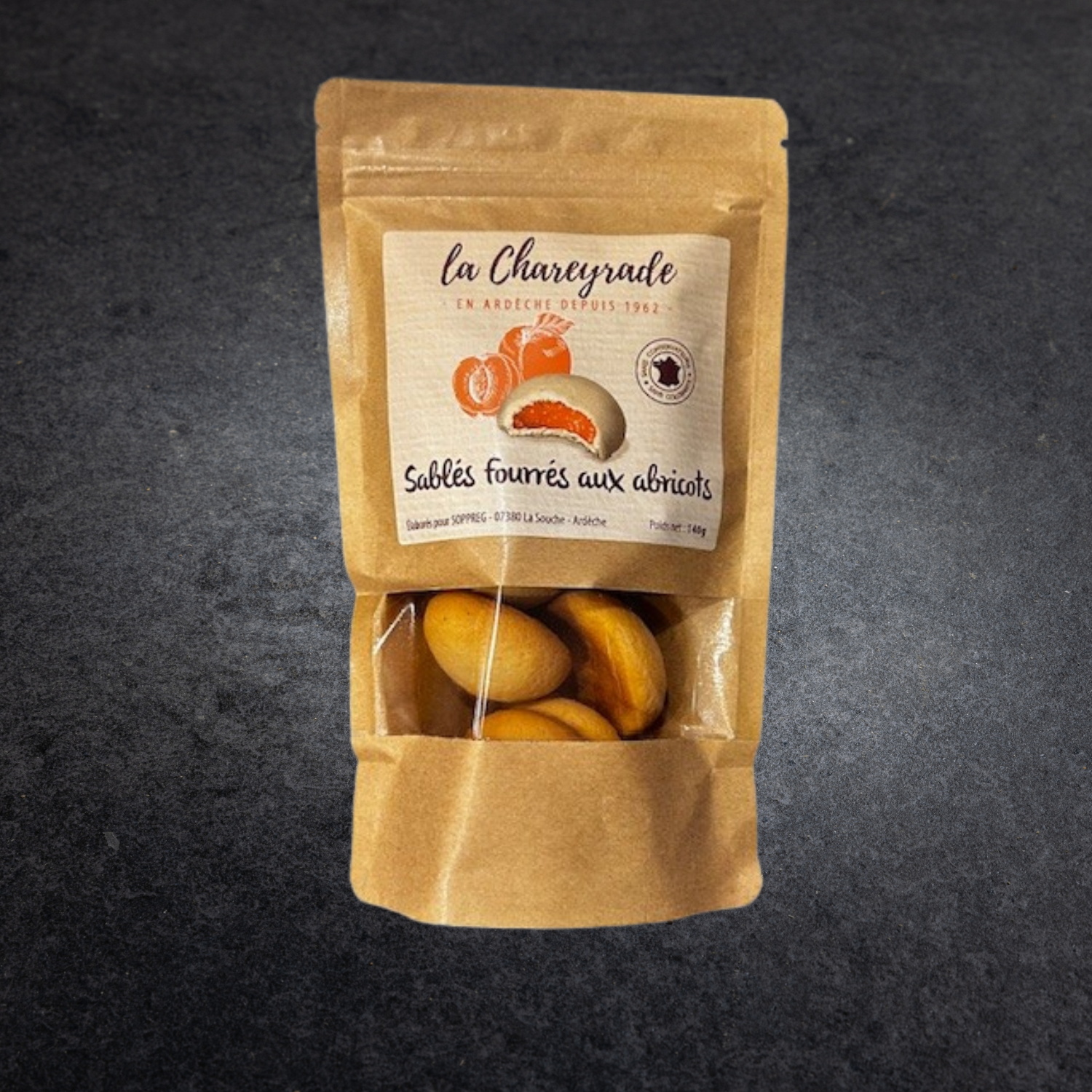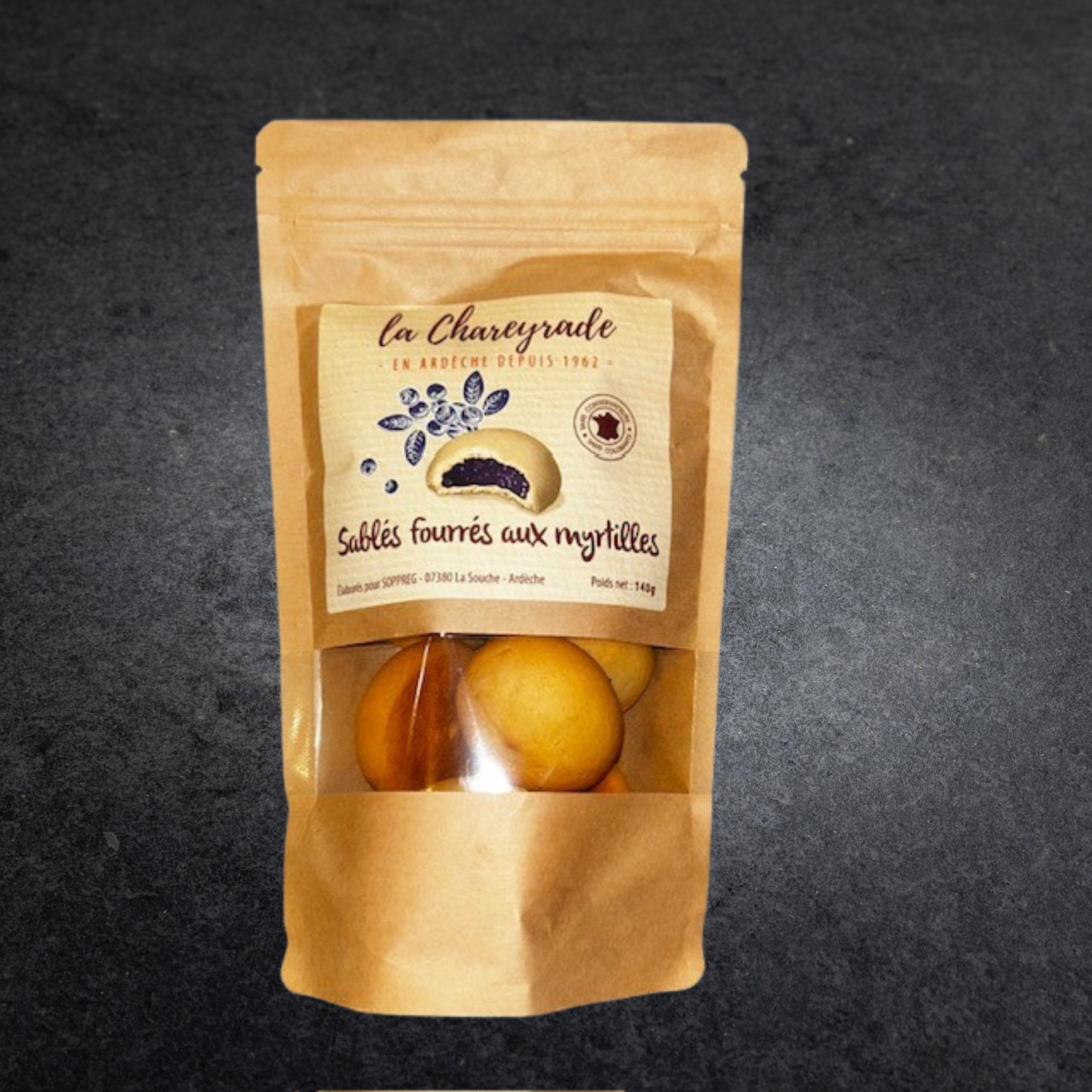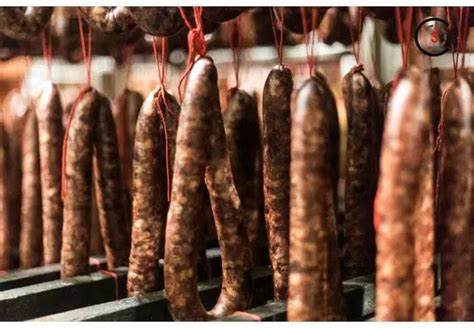The Corsican figatellu is one of the emblematic charcuterie of the Isle of Beauty. This dry sausage can be enjoyed in a thousand ways: raw, fried, grilled or roasted… on its own or with accompaniments. To better appreciate its flavor, we will discover together what makes it so special.
At the origin of figatellu: porcu nustrale
Like other Corsican butchery and charcuterie products, figatellu was formerly made using Corsican pig meat . The local breed is called “porcu nustrale” and “nustrale” means “ours”. Corsican pigs are distinguished by their black color and hanging tail.
This type of pig was raised in semi-freedom, with transhumance: with the progress of fine weather, the animals went up in altitude, then came back down in the autumn to feed on acorns and chestnuts.
How is figatellu made?
With a slow growth, these pigs were slaughtered on average at 18 months. Today, the production of Corsican charcuterie with a controlled designation of origin (AOC) uses porcu nustrale slaughtered at 12 months at the earliest . The AOC specifications also include other requirements, including the purity of the breed , the breeding method which must remain in accordance with tradition with a chestnut finish, a minimum live weight of 75 kg at the time of slaughter as well as other miscellaneous details.
The slaughtering season extends throughout the winter. Thus, the best season to consume figatelli would be winter and spring. However, knowing that many manufacturers now use farm-raised pork, tasting figatellu is now possible all year round. Unlike other Corsican charcuterie products such as lonzu , this charcuterie is not protected by an AOC label . Moreover, Corsican pigs have now become rare, with a population that has fallen significantly in the 2010s.
How to consume this Corsican charcuterie?
Be careful, it is very important to check the origin of the meats . Indeed, research has shown that figatellu can contaminate consumers with the hepatitis E virus , present in the liver of pigs. Even if contamination by this virus is rarely serious, you must remain cautious. For a safe tasting, it is recommended to eat only figatelli cooked through . But you also need to know where the meats and cold cuts you consume come from. If the products are made from pork from China, for example, this can quickly become problematic, since traceability is a problem. On the other hand, with French pork, you are sure to benefit from duly controlled products.
In our shop, sausages and all charcuterie products come from French pork . These are animals born, raised and processed in France by responsible breeders.
A sausage made from pork liver

Figatelli is well known as a liver sausage . In fact, unlike other charcuterie products made from lean and fat pork, it is mainly made using the animal's liver. In traditional recipes, meat and pieces of offal are also added. The proportion varies according to the charcuterie makers, but in all cases, the liver remains the characteristic ingredient of figatelli.
Various condiments and spices are added to the meat: salt and pepper, but also sugar, garlic, wine and lactose… Depending on the artisanal production, this mixture is then stuffed into natural casings which are tied by hand. As artisanal charcuterie manufacturers, we tie our sausages one by one with linen thread.
The figatelli are then put to steam, then dried in the ambient air. They are also subjected to a light smoking, like any Corsican artisanal sausage . The maturation takes several weeks, the time for each sausage to slowly develop this very characteristic flavor.
Figatellu: an infinite number of gourmet possibilities
Figatellu can be prepared and eaten in many ways.
It is possible to eat figatellu raw as an aperitif, like a sausage. In this case, simply cut it into slices. However, as a safety measure , it is better to cook it thoroughly . You can accompany figatellu with cheeses such as pulenda or brocciu, as well as other dry sausages and local charcuterie to make a real Corsican platter. It is also possible to present it with other ingredients such as figs, pickles or olives, or in an assortment of traditional charcuterie with rillettes, country pâté and terrine, served with fresh bread.
Figatellu is also excellent when grilled . It can join your row of merguez, sausages and various meats for a barbecue. Don't hesitate to skewer it to cook it on the embers. You can then mop up the cooking juices on bread, so you can savor the authentic taste of this good Corsican charcuterie. Accompany it all with a bottle of red wine from the region: you'll see, you'll please your guests.
You can also cook figatellu in the oven. Place it on the grill, and put potatoes in the dish: they will cook in the figatellu juice, a real delight! And nothing stops you from frying it in a pan. Prepared this way, it can be served as a dish for dinner, for example. Note that figatellu can also be served as a starter, roasted or raw and cut into thin slices.
Finally, figatellu can be used in many recipes, for example:
- Lentil figatelli , simmered in a tomato, olive oil and garlic sauce;
- Figatelli cream with penne : a very simple and very tasty recipe;
- Figatelli omelette , garnished with Provence herbs.
You will have understood: the figatellu represents a fine flower of Corsican charcuterie, not to be missed during your next aperitif. If you have not tried it yet, it is high time to taste it. You will be charmed by its authentic flavor which has nothing to envy the best charcuterie and salted meats of French gastronomy.

